8 Fun STEM Activities for Middle School Students
Engaging middle school students in STEM can be tricky. The transition from elementary to junior high is fraught with new challenges, including keeping young girls interested in the fields of science, technology, engineering, and math.
What can you do to help keep your middle schooler interested in STEM? Here are eight fun activities designed to do just that.
Related post: Fun STEM Activities for Elementary Students
Science-Based Activities
Crime Scene Investigation

This deceptively simple activity teaches kids about fingerprint analysis and application of crime scene methodology. All you need are some balloons, an ink pad, and a quick internet search for how scientists label fingerprint patterns (arch, loop, whorl, etc.)
Have your child press their finger into a stamp pad or other ink source. Then have them place their inked finger carefully on an uninflated balloon. When they inflate the balloon, their fingerprint will get much larger, and they can see the minute details of the pattern.
Use this activity to discuss why fingerprints are important and how crime scene investigators and forensic scientists use them to solve crimes. Ask them if they think identical twins have the same fingerprints and why they think yes or no (they don’t!). Dig as deep into crime-solving techniques as your child is interested in and they may just grow up to be a forensic scientist themselves.
Shrinking Eggs
For this simple activity, all you need is one (or more) eggs, white vinegar, water, and corn syrup. Place a raw egg in a jar and pour enough white vinegar over it to completely submerge it. Cover the jar and let it sit for 24 hours.

Ladle out the egg, replace the old vinegar with fresh, and let it sit again. On the third morning, the shell should be completely dissolved. Remove the egg from the vinegar and gently rinse it in tap water, being careful not to damage the membrane.
Place the egg in a cup of water and let it sit for 8 hours. Then remove it and do the same with the corn syrup. After each submersion (vinegar, water, and syrup) have your child observe the changes to the egg.
This is an ideal activity to discuss chemistry, osmosis, and how human cells work. The egg is essentially a stand-in for a human cell with a selectively permeable membrane. When the water concentration of the liquid in which the egg is submerged is lower inside the membrane, water outside the egg will move to equalize, thus inflating it. When the opposite is true, water leaves the egg, thus shrinking it.
Technology-Based Activities
Stop-Motion Animation
Kids at middle school age usually delight in making videos and posting them online. Encourage your child to try making a stop-motion animation video.
While there are kits you can purchase, your middle schooler can film their video with items they already have on-hand. Have them collect their props (toys, LEGO figurines, etc.) and let them use your cell phone or a digital camera to film.

Once they’ve collected their footage, they can use a stop-motion app to edit it together. This not only teaches them art and film concepts, but the computer skills they’ll build when using the software are applicable to other apps as well.
You can also use this activity to discuss having a responsible online presence, teaching them to interact with those who may see or comment on their video with respect. Or, if you don’t want them to post it, host a viewing party to show family and friends.
Create a Circuit
Using recipes you can find online, make some conductive and insulating play dough at home. You can also use regular, store-bought Play-Doh (conductive) and modeling clay (insulating) if you have them.
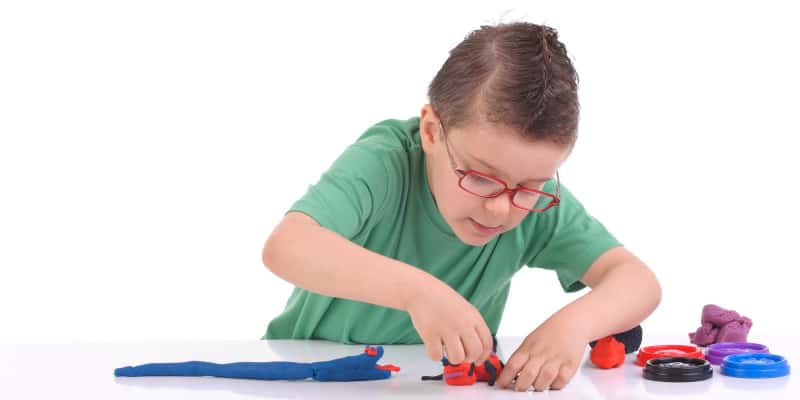
Grab a circuit kit and get ready to light up some LEDs. Encourage your child to build whatever shape they’d like! They can smush together a snail, a disco ball, a heart… the possibilities are endless. The conductive dough will transfer electricity while the insulating dough will stop it.
Building circuits helps children understand electricity, a component in literally everything around them. Connect circuitry concepts to how the refrigerator works, what happens when they turn on the lamp in their bedroom, and more.
Engineering-Based Activities
Build a Catapult
Middle schoolers are too old for the usual “build a bridge and see how much weight it can hold” activity. Take those engineering concepts to the next level by having them build a catapult instead!
What kid isn’t going to want to learn engineering by throwing things across the room? With a few simple household items, your child can learn about velocity, physics, and engineering. Assembly is easy:
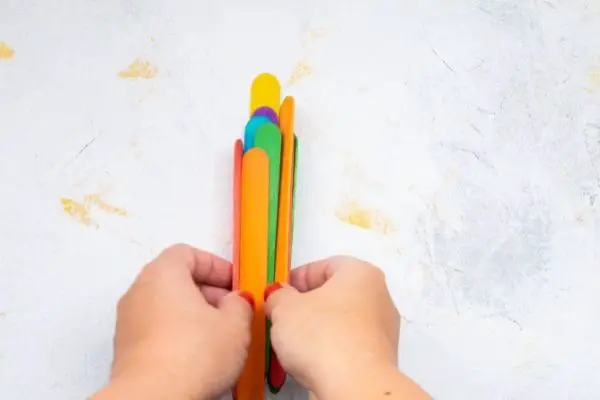
- Stack about 5 popsicle sticks and rubber band them together.
- Stack about 2 sticks and rubber band one end.
- Open the 2 sticks and put the 5 sticks between them, close to the rubber-banded end.
- Rubber band the two parts together.
- Glue a container for the bucket (a cap from a milk or juice bottle works well) to the end of the top of one of the 2-sticks pair.
- Press down on the container stick to start launching!
Turn this into a series of experiments. What can your child launch, and how far? What happens if it’s a heavier object or a lighter one? What if you change the design of the catapult?
Build a Cork Shooter
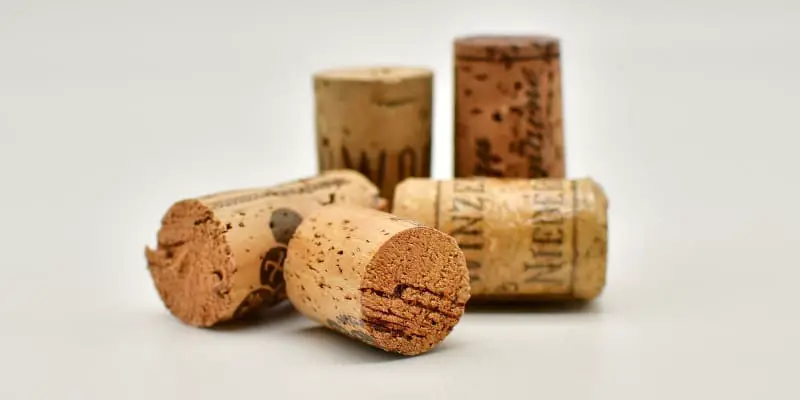
Similar to constructing a catapult, building a cork shooter is a surefire way to get kids excited about engineering concepts, like how a trigger activates a mechanism and how trajectory will change based on the ammunition.
It also uses general household items to assemble:
- Glue 3 popsicle sticks end-to-end, in a descending pattern (one beneath the next). Glue 3 other popsicle sticks the same way.
- Glue 2 craft cubes between the pair of glued sticks, close to where the trigger will be. Glue a third cube in-between the sticks at the other end.
- Glue a clothespin to the sticks, on the end with the two cubes.
- Tape a rubber band to the end with the single cube.
- Pull the rubber band back and secure it in with the clothespin.
- Put a wine cork (cut into disks) in the rubber band and release the clothespin to deploy.
Your kids will have a blast shooting the small wine cork disks around the house. Challenge their critical thinking by asking what else they can shoot? Can they get enough velocity to knock down paper cups or a stack of cotton balls?
(Also be sure to emphasize the launchers never get aimed at someone’s face!)
Math-Based Activities
Math Jenga
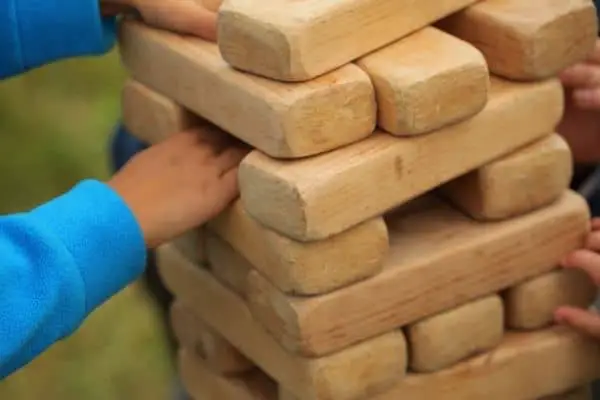
If you have a Jenga set and some removable stickers, you can make math fun. Write math problems like long division, turning fractions into decimals, or algebra problems on the removable stickers.
Place the stickers on the ends of the Jenga blocks and stack them like normal. Before your child can move the block, they have to solve the math problem. If they get it right, they can move the block.
You can have any rule for if they get it wrong: they get another turn, the next person has an opportunity to solve and steal their turn, etc. However you want to encourage their math practice, your child will delight in pairing it with Jenga — especially when the tower falls!
Build an “Escape Room”
This STEM activity for middle-school math is great because it’s so flexible. It does require some preparation and creativity on your part, but if you can pull it off, it’s tons of fun.
Designate one room from which your child isn’t allowed to leave until they’ve solved all the puzzles and acquired the “key” (literally or figuratively). Using whatever level of math your child is currently studying, hide problems for your kid to solve throughout the room.
The trick is to have each problem build on another. For example, start with having them solve a long division problem. The answer could then turn out to be the combination of a lock that opens a box with the next problem.
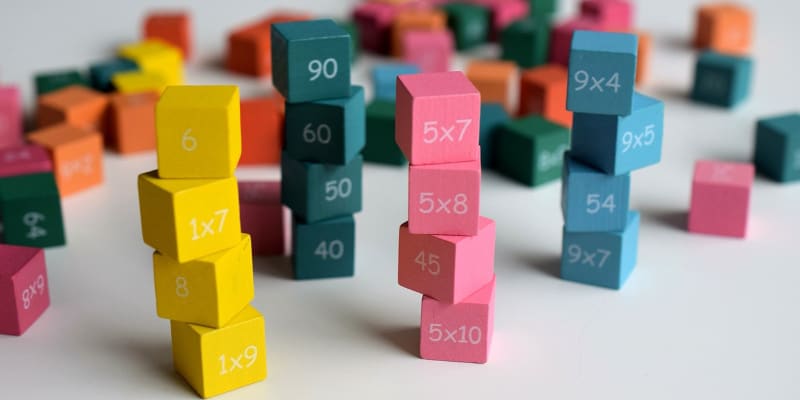
Before you know it, your child will be reinforcing their math concepts while having so much fun they won’t even realize that’s what’s happening.
Frequently Asked Questions
What are STEM activities?
STEM activities are those designed to reinforce science, technology, engineering, and math concepts. There are a wide variety of ways these concepts can be explored, from coding to robotics to the activities we’ve listed here. They can be as hands-on or academic as you’d like.
Why should I encourage STEM activities at home?
While learning STEM in school is essential, encouraging STEM activities at home gives you an extra way to boost your child’s interest. For example, if they’re bored silly during the science portion of their day, try using more fun, messy, or entertaining activities at home to show them science doesn’t have to be boring.
Why is middle school such a critical age?
The transition from elementary to middle school can be jarring. Kids are usually switching from a single teacher all day to multiple teachers and a period-based schedule. Couple this with puberty and more complicated social structures and STEM can take a back seat for a lot of children. Encouraging middle schoolers with activities specifically designed for their age group can be the perfect way to ensure they don’t lose touch with these vital skills.







